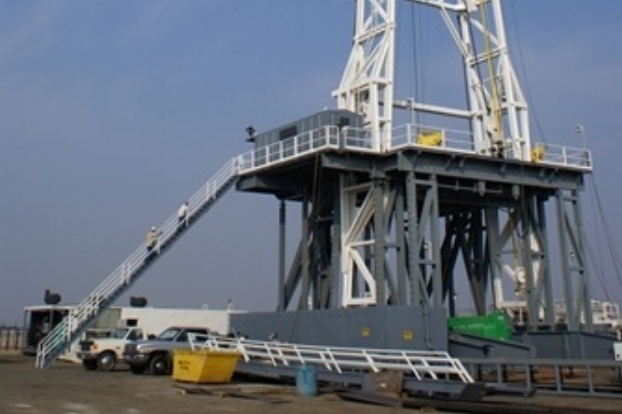What is the difference between small data and big data? Reliability.
Big data uses a process of examining large data sets to uncover hidden patterns, unknown correlations, market trends and past history to identify when maintenance and service might be needed. In the energy market, satellite imaging and/or sensors may be used to gather real time data off of a rotating machine. The forecasting engine then applies certain algorithms to “predict” when a component will fail. The problem with this approach is that it is often flawed. The amount of data points needed to “predict” when a machine component will fail is daunting. It’s like finding a needle in the haystack. Sensors provide diagnostic information only, meaning the asset is already in failure mode when a sensor detects it.
At Sentient Science we use a small data approach. We understand on a microstructural level how cracks initiate inside the material and propagate into pits or spalls, which will lead to failure. We don’t need to use sensors or satellite imaging to gather data to identify problems. We already know the problems before nucleation begins.
In other words: we have the needle in our possession.
We use materials science-based computational testing called DigitalClone, which builds physics based models of each of the components within the gearbox. Our DigitalClone Live software provides always on testing, running thousands of test points a day using realtime, ever-changing conditions to provide prognostic data into the life expectancy of the machine. This rolling forecast provides a fleetwide ranking from worst to best across three levels of visibility.
Our Asset Imminent Death, short term, zero to three-month visibility marries our prognostic software with SCADA data to provide solutions on how to execute the Remaining Useful Life of assets already showing signs of failure. Our DigitalClone software allows us to simulate past, present and future conditions, but depending on when our service begins, failures may already be occurring. The SCADA data validates our prediction that an asset is already in failure mode. Operational, monitoring and supply chain managers can use this data to decide how and when to do repairs.
Our mid-term visibility provides a rolling forecast into the health of the assets from 3 months to 5 years. Asset managers use this information to build multi-year budget plans and to coordinate preventative maintenance and up-tower repairs to extend the life of the asset and the entire fleet. In addition, our Buy on LifeTM service gives insight into supplier and lubrication decisions that can be used to extend the life of the asset.
Our long term visibility gives a 5 to 30-year forecast on an operator’s major systems and components. Financial risk officers, executive boards, mergers and acquisition managers and development executives want this information to assess the fleet’s financial risk. The data can be used to leverage lower warranty costs and insurance rates.
To get a more in depth explanation into why our small data approach is changing the wind operator industry, sign up now for our webinar tomorrow at 10AM EST / 4PM CET.
